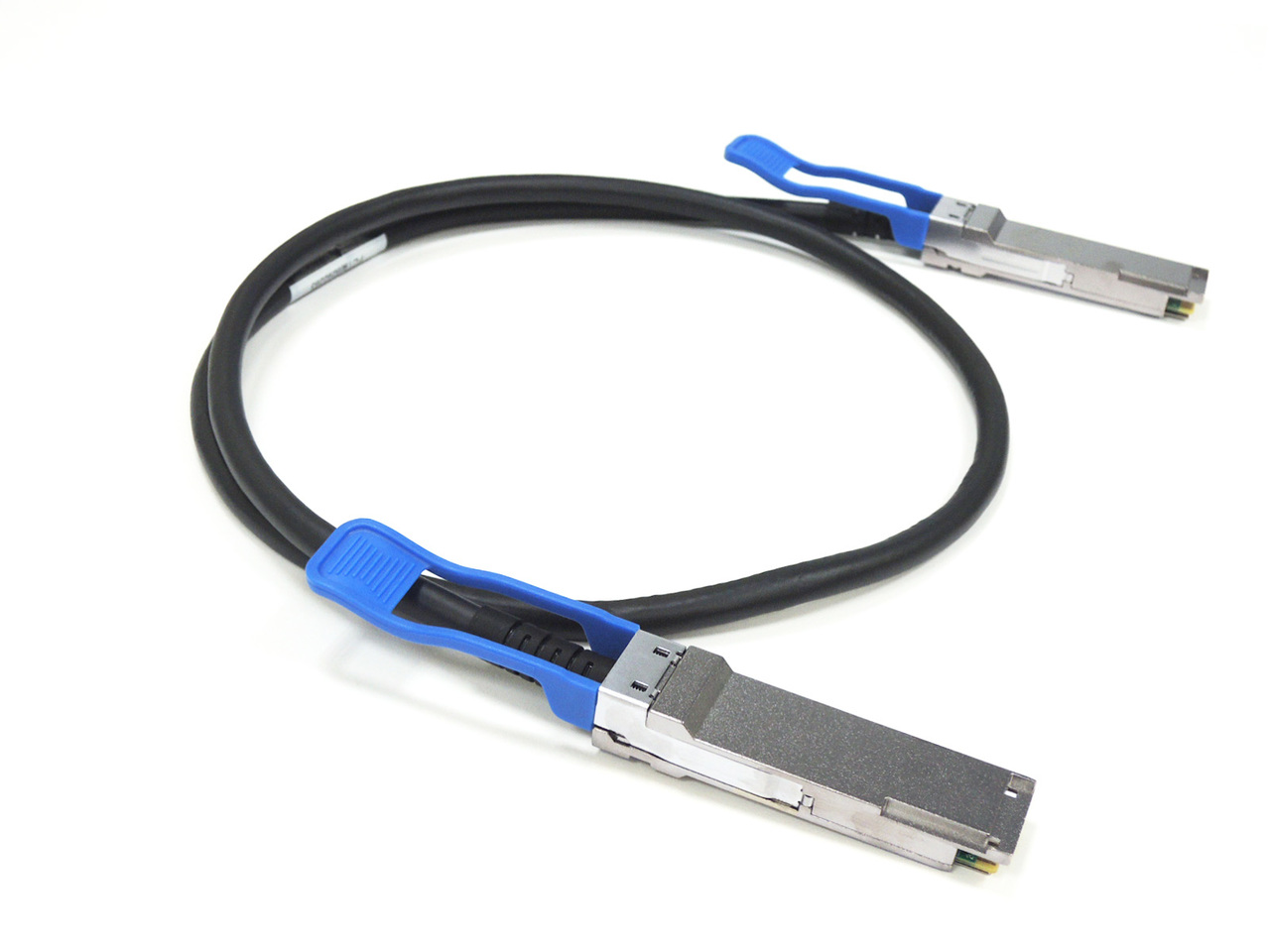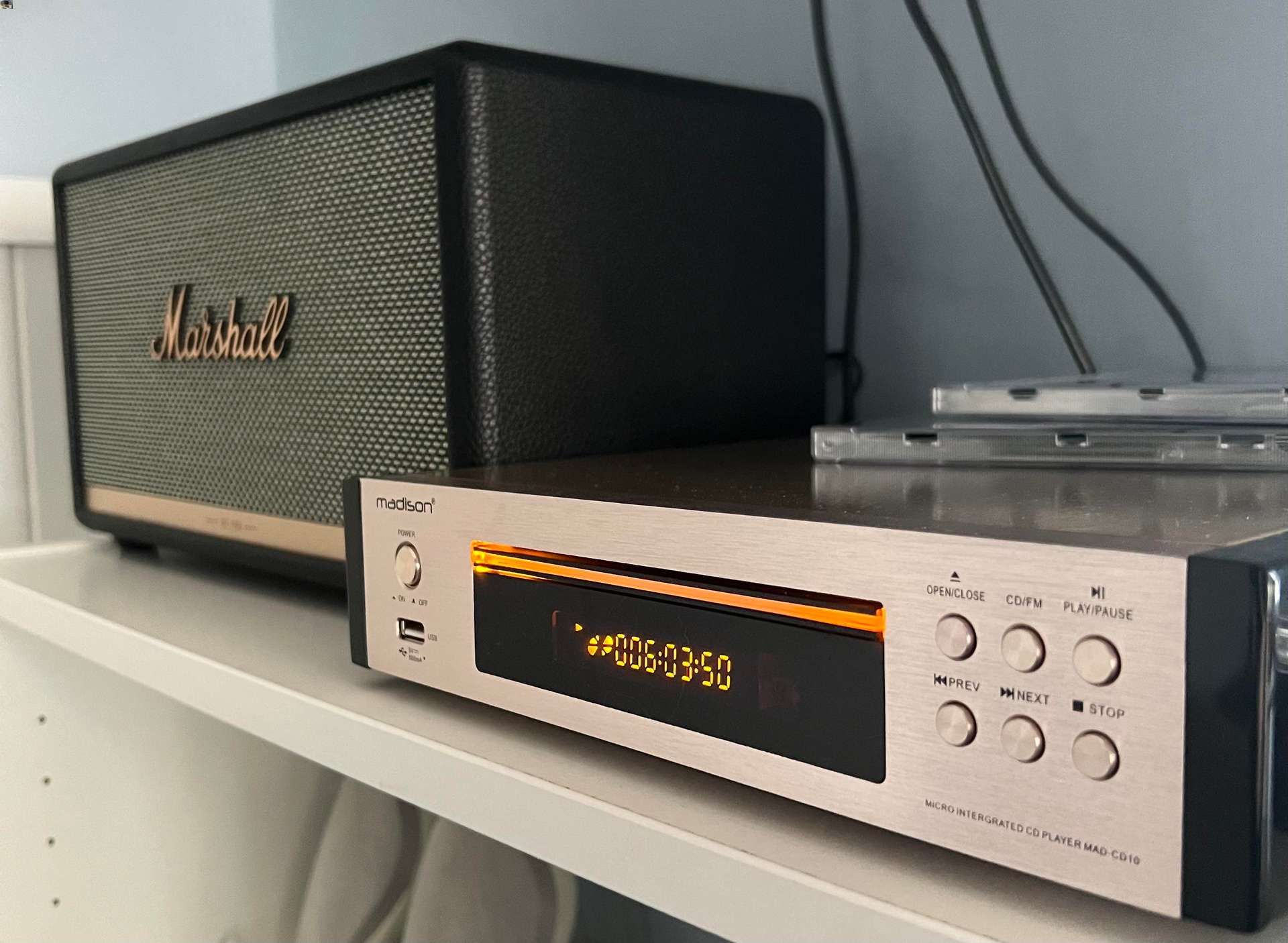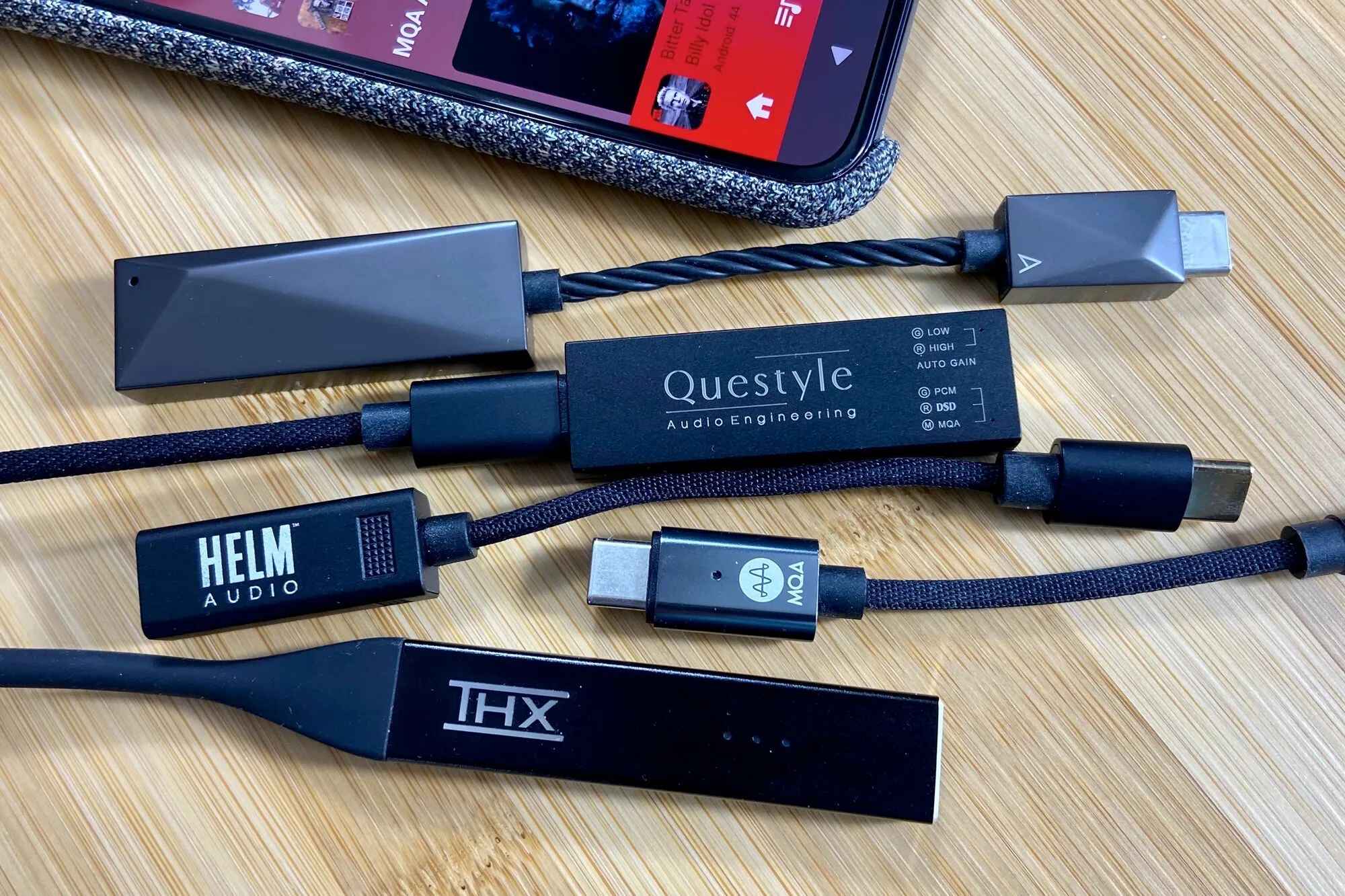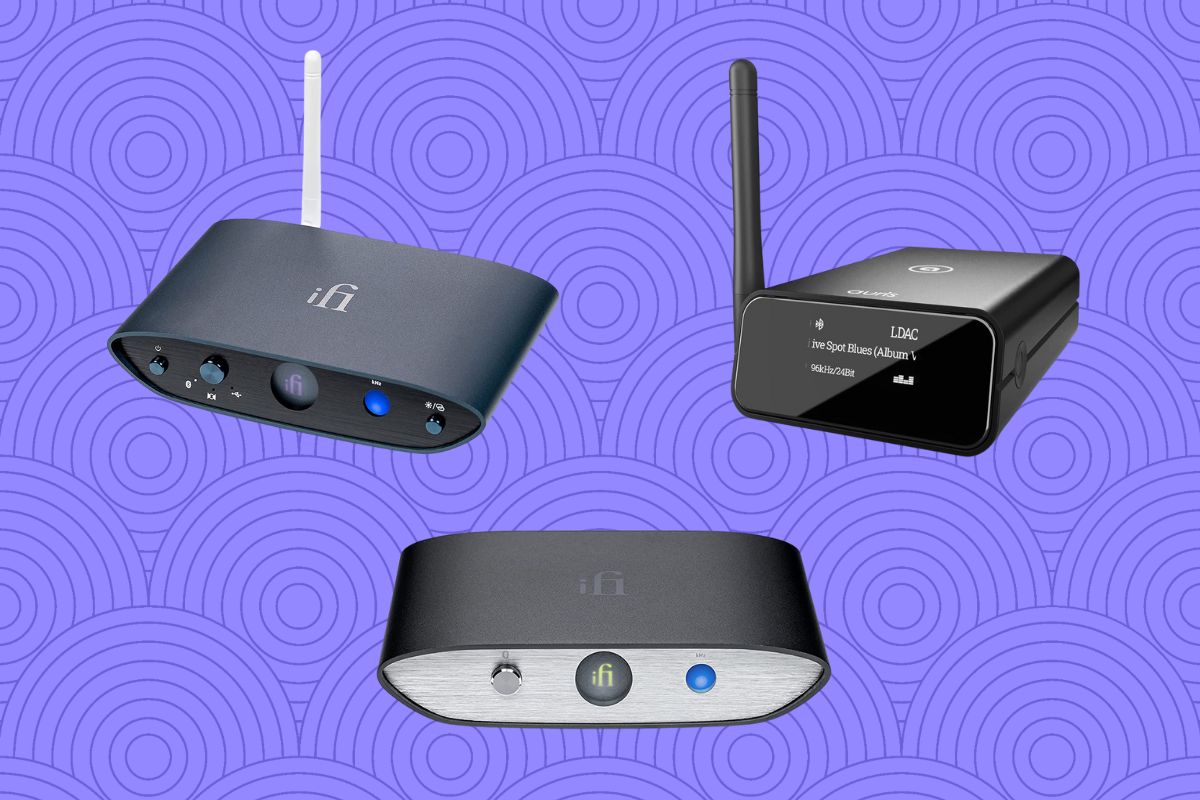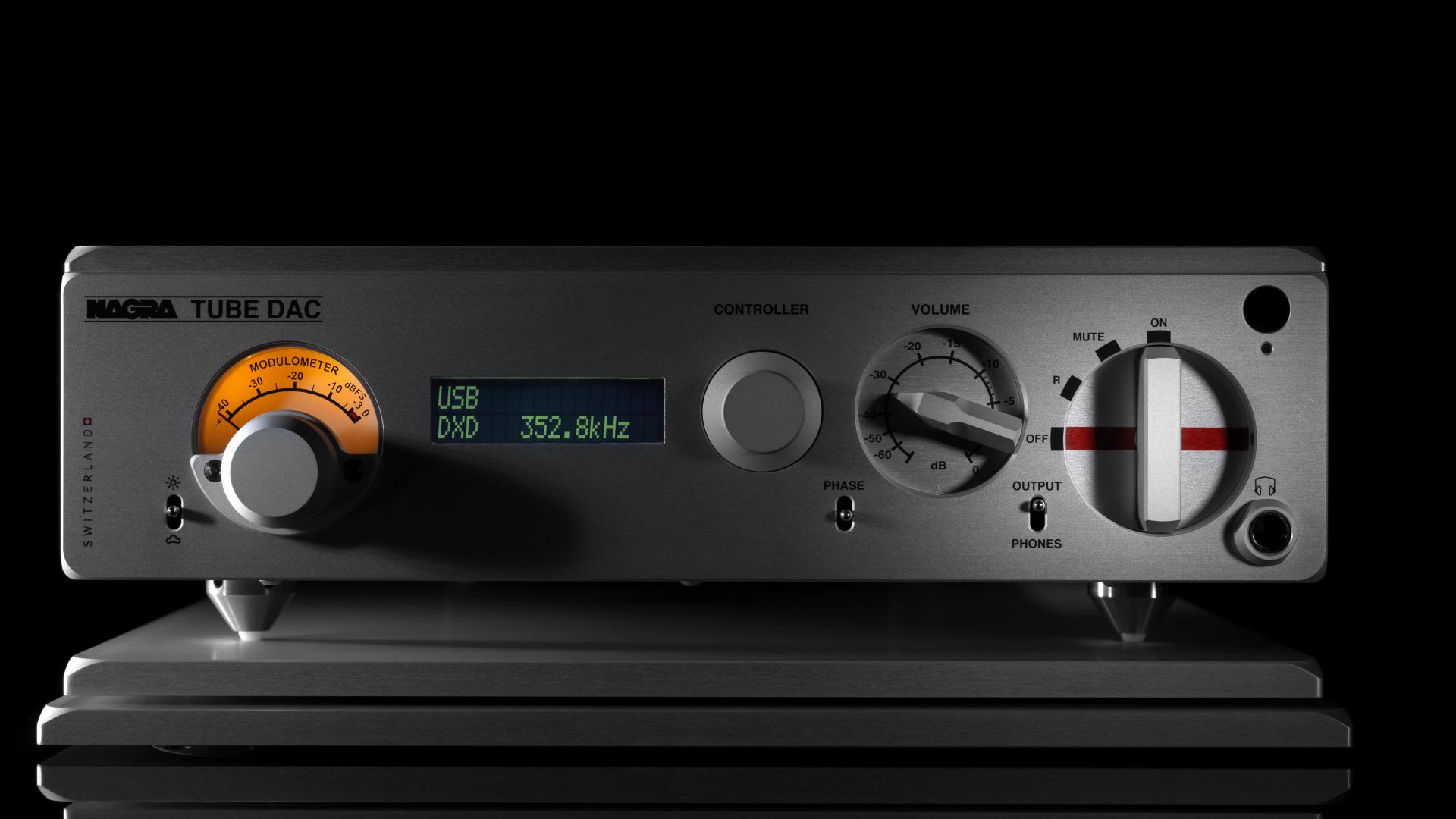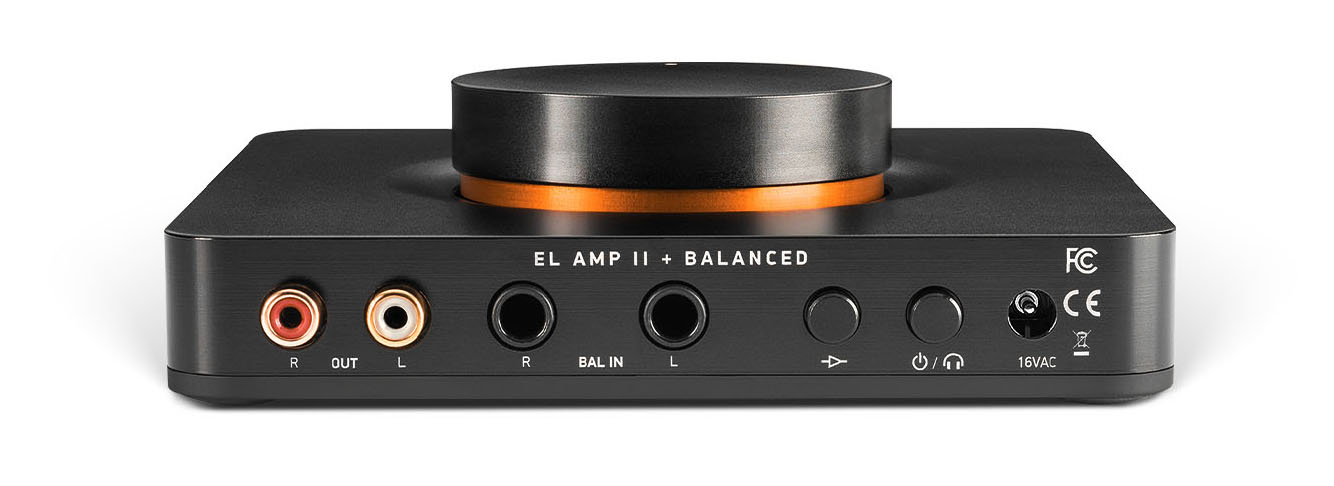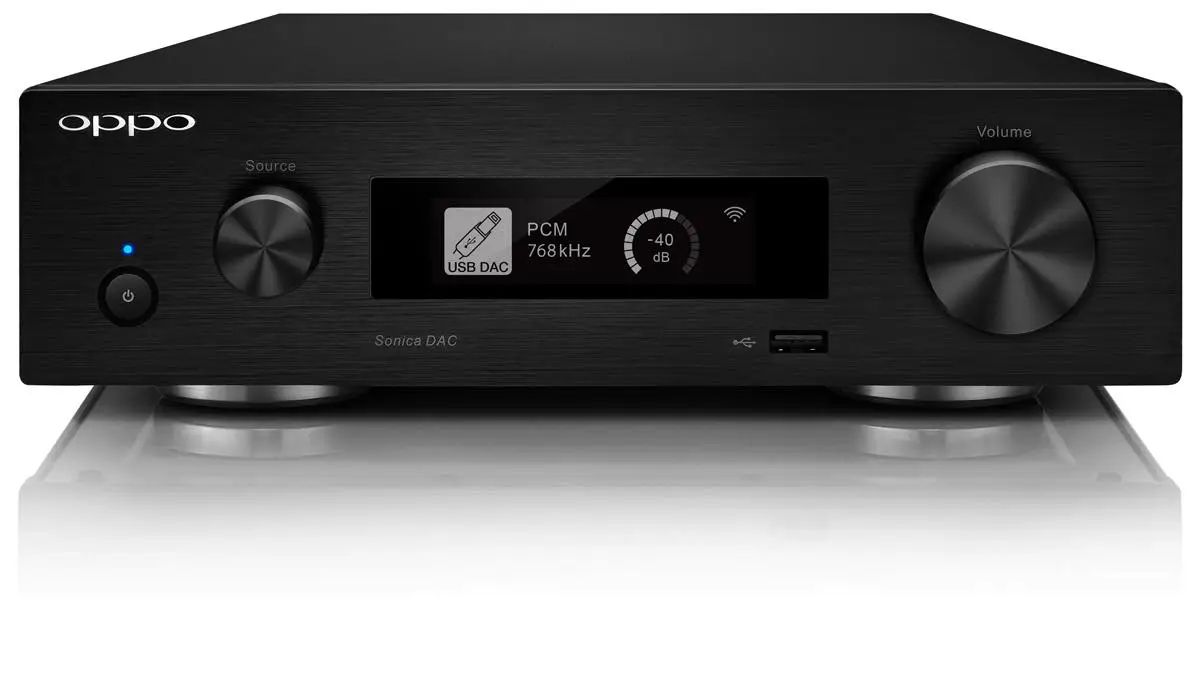Introduction
In the world of networking and data transmission, the use of DAC (Direct Attach Copper) cables has become increasingly prevalent. These cables play a crucial role in facilitating high-speed data connectivity and are widely employed in various networking environments, ranging from enterprise data centers to telecommunications infrastructure. Understanding the functions and types of DAC cables is essential for anyone involved in network setup and maintenance.
DAC cables are not mere conduits for transmitting data; they represent a sophisticated fusion of technology and engineering. As the demand for faster and more reliable data transmission continues to surge, DAC cables have emerged as a versatile solution that offers exceptional performance and cost-effectiveness.
In this article, we will delve into the intricacies of DAC cables, exploring their functions, types, and the pivotal role they play in modern networking infrastructures. By gaining a comprehensive understanding of these cables, network administrators, IT professionals, and enthusiasts can harness their potential to optimize data transmission and enhance network efficiency. Let's embark on this journey to unravel the world of DAC cables and unlock the possibilities they offer in the realm of networking.
What is a DAC Cable?
A DAC (Direct Attach Copper) cable is a high-speed, cost-effective networking cable that provides a direct, point-to-point connection between networking devices. It is a type of twinax cable with small form-factor connectors, commonly used in data centers and enterprise networking environments. DAC cables are designed to transmit high-speed data over short distances, typically within the same rack or between adjacent racks in a data center.
These cables consist of twinaxial copper wires with SFP (Small Form-factor Pluggable) connectors attached at each end. The SFP connectors enable the DAC cable to be easily plugged into compatible network switches, routers, servers, and storage devices, forming a direct electrical connection without the need for separate transceivers.
DAC cables are available in various lengths, ranging from a few meters to tens of meters, offering flexibility in network design and deployment. They are often used to connect switches to servers, storage devices, and other networking equipment within the same rack or adjacent racks, providing high-speed connectivity for data transmission and ensuring low latency.
One of the key advantages of DAC cables is their cost-effectiveness compared to optical transceivers and fiber optic cables. They offer a more affordable solution for short-distance connections while delivering comparable performance. Additionally, DAC cables eliminate the complexity and cost associated with using separate transceivers and fiber optic cabling, making them an attractive option for high-speed, intra-rack connections in data center environments.
Furthermore, DAC cables are hot-swappable, allowing for easy installation and replacement without disrupting the network operation. This feature contributes to the overall agility and flexibility of network infrastructure, enabling efficient maintenance and upgrades.
In summary, a DAC cable serves as a reliable and efficient solution for establishing high-speed, short-distance connections within networking environments. Its direct attach design, cost-effectiveness, and flexibility make it a valuable component in modern data centers and enterprise networks, supporting the seamless transmission of large volumes of data with minimal latency.
Functions of DAC Cables
DAC cables serve several essential functions in networking environments, playing a pivotal role in ensuring efficient data transmission and network connectivity. The following are the key functions of DAC cables:
-
High-Speed Data Transmission: DAC cables are designed to facilitate high-speed data transmission, enabling the rapid exchange of information between networking devices. By leveraging the direct electrical connection provided by DAC cables, data can be transmitted at incredibly high speeds, meeting the demands of bandwidth-intensive applications and services.
-
Low Latency Connectivity: In networking, latency refers to the delay in data transmission. DAC cables offer low-latency connectivity, ensuring that data travels quickly and efficiently between interconnected devices. This is particularly crucial in scenarios where real-time data processing and minimal delays are imperative, such as in financial trading systems and high-frequency trading environments.
-
Intra-Rack and Inter-Rack Connectivity: DAC cables are widely used for establishing connections within the same rack or between adjacent racks in data centers. This intra-rack and inter-rack connectivity is essential for linking networking equipment, servers, and storage devices, creating a cohesive and high-performance infrastructure within the data center environment.
-
Cost-Effective Networking Solution: One of the primary functions of DAC cables is to provide a cost-effective networking solution for short-distance connections. As an alternative to optical transceivers and fiber optic cabling, DAC cables offer comparable performance at a lower cost, making them an economical choice for high-speed data transmission within confined networking spaces.
-
Flexibility and Scalability: DAC cables contribute to the flexibility and scalability of network infrastructure by offering various cable lengths to accommodate different networking setups. This flexibility allows for efficient network design and deployment, empowering organizations to adapt their networking environments to evolving requirements without compromising on performance.
-
Simplified Network Setup: By eliminating the need for separate transceivers and fiber optic cabling, DAC cables simplify the network setup process, reducing complexity and streamlining connectivity configurations. This simplification translates to easier installation, maintenance, and upgrades, enhancing the overall agility of the network infrastructure.
-
Reliable and Robust Connectivity: DAC cables provide reliable and robust connectivity, ensuring consistent data transmission and network performance. Their durable construction and direct attach design contribute to the stability of network connections, minimizing the risk of signal loss or disruptions.
In summary, the functions of DAC cables encompass high-speed data transmission, low latency connectivity, cost-effective networking solutions, flexibility, scalability, and simplified network setup, all of which are instrumental in supporting the seamless operation of modern networking environments.
Types of DAC Cables
When it comes to types of DAC cables, there are several variations that cater to different networking requirements and environments. Understanding the distinctions between these types is crucial for selecting the most suitable DAC cables for specific networking setups. The following are the primary types of DAC cables:
1. Passive DAC Cables
Passive DAC cables are the most common type and are widely used for short-distance, high-speed connections within data centers. These cables do not contain any active components or signal processing circuitry, relying solely on the electrical conductivity of the copper wires to transmit data. Passive DAC cables are cost-effective and straightforward, making them ideal for intra-rack and inter-rack connectivity where the transmission distance is limited.
2. Active DAC Cables
Active DAC cables incorporate signal processing components within the cable assembly to enhance signal integrity and extend the transmission distance. By actively boosting and conditioning the electrical signals, these cables are capable of supporting longer reach compared to passive DAC cables. Active DAC cables are suitable for scenarios where the connectivity distance exceeds the capabilities of passive cables, offering a reliable solution for medium-range data transmission within data center environments.
3. Copper Twinax Cables
Copper twinax cables, also known as twinaxial cables, are a fundamental type of DAC cables that utilize twinaxial copper wires for data transmission. These cables are known for their durability, flexibility, and high-speed capabilities, making them a versatile choice for various networking applications. Copper twinax cables are available in different lengths and configurations, providing options for connecting networking devices with precision and efficiency.
4. Shielded DAC Cables
Shielded DAC cables are designed with additional shielding to protect against electromagnetic interference (EMI) and radio frequency interference (RFI). The shielding helps maintain signal integrity and minimizes the risk of data corruption or degradation caused by external electromagnetic sources. Shielded DAC cables are particularly valuable in environments where EMI and RFI are prevalent, ensuring stable and secure data transmission without susceptibility to external disturbances.
5. Unshielded DAC Cables
Unshielded DAC cables, in contrast, do not feature additional shielding for EMI and RFI protection. While they offer a cost-effective solution for short-distance connections, they may be more susceptible to interference in environments with high levels of electromagnetic radiation. Unshielded DAC cables are suitable for applications where EMI and RFI are minimal, providing a straightforward and economical connectivity solution.
In summary, the diverse types of DAC cables encompass passive and active variations, copper twinax cables, shielded and unshielded options, each tailored to specific networking scenarios based on distance, environmental factors, and performance requirements. By understanding the characteristics and capabilities of these types, network administrators can make informed decisions when selecting DAC cables to optimize their network infrastructure.
Conclusion
In conclusion, DAC cables represent a cornerstone of modern networking infrastructure, offering a potent combination of high-speed data transmission, cost-effectiveness, and versatility. As the demand for rapid and reliable data connectivity continues to escalate, the significance of DAC cables in facilitating seamless intra-rack and inter-rack connectivity within data centers and enterprise networks cannot be overstated.
The functions of DAC cables encompass not only high-speed data transmission and low latency connectivity but also cost-effective networking solutions, flexibility, scalability, simplified network setup, and robust reliability. These functions collectively contribute to the optimization of network performance, empowering organizations to meet the evolving demands of data-intensive applications and services.
Furthermore, the diverse types of DAC cables, including passive and active variations, copper twinax cables, shielded, and unshielded options, cater to a spectrum of networking requirements, allowing for tailored connectivity solutions based on specific environmental factors and performance criteria.
By understanding the intricacies of DAC cables, network administrators, IT professionals, and organizations can harness the potential of these cables to build agile, high-performance network infrastructures that are capable of meeting the challenges of modern data transmission and communication.
In essence, DAC cables stand as a testament to the relentless pursuit of innovation in networking technology, embodying the convergence of efficiency, reliability, and cost-effectiveness. As networking landscapes continue to evolve, DAC cables remain a steadfast and indispensable component, underpinning the seamless flow of data and the interconnectedness of digital ecosystems.
In the ever-expanding realm of networking, the role of DAC cables transcends mere connectivity; it symbolizes the driving force behind the relentless pursuit of enhanced performance, agility, and scalability. Embracing the potential of DAC cables is not just about optimizing data transmission; it is about embracing the boundless opportunities they offer in shaping the future of networking.
With their remarkable capabilities and adaptability, DAC cables continue to propel the evolution of networking infrastructure, serving as a testament to the relentless pursuit of efficiency, reliability, and innovation in the digital age. As we navigate the complexities of modern networking, DAC cables stand as a beacon of connectivity, seamlessly weaving the threads of data transmission and communication to create a web of boundless possibilities.
In the tapestry of networking technology, DAC cables are not just mere threads; they are the intricate fibers that form the foundation of interconnectedness, enabling the seamless exchange of information and the realization of digital aspirations. It is within this realm of interconnectedness that the true essence and significance of DAC cables unfold, transcending the physicality of their structure to embody the spirit of connectivity and innovation.







